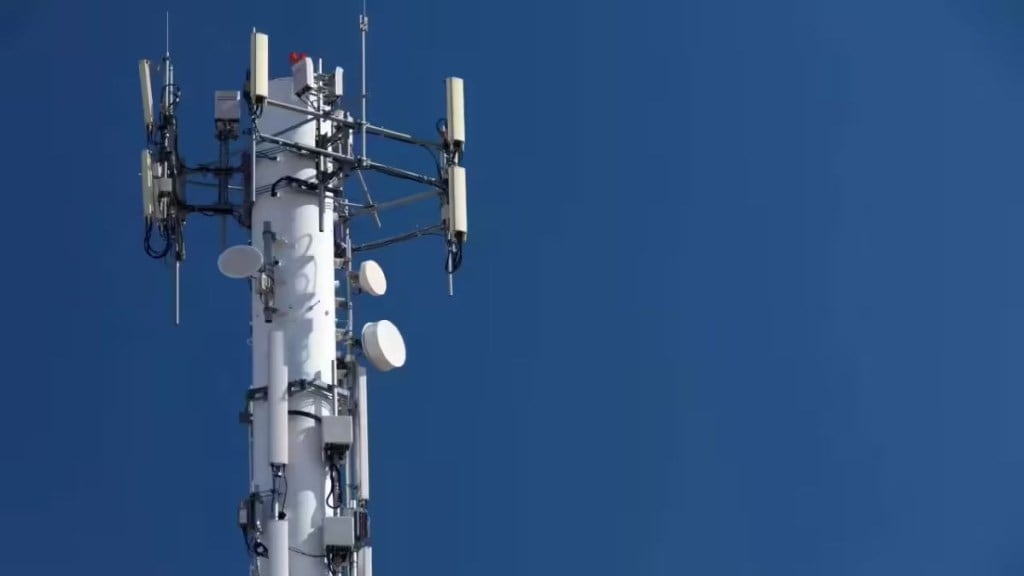The Telecom Regulatory Authority of India (TRAI) on Tuesday released a consultation paper to explore pricing, band plans and conditions for the auction of more than 11,500 MHz of radio waves across 10 spectrum bands identified for mobile telephony and broadband services.
The fresh exercise comes a year after the previous auction in June 2024 drew lukewarm interest. Of the 10,522.35 MHz spectrum put up for sale at a base price of Rs 96,238.45 crore, only 141.40 MHz was sold, generating Rs 11,340.79 crore.
How did this move come about?
The move comes on the back of a request from the department of telecommunications (DoT), which on May 15 sought Trai’s recommendations on applicable reserve prices, block size, quantum of spectrum to be put up for auction and the associated conditions. The regulator has invited comments on the paper until October 28 and counter-comments until November 11.
The consultation exercise will cover a wide range of spectrum holdings, including the 800 MHz, 900 MHz, 1800 MHz, 2100 MHz, 2300 MHz, 2500 MHz, 3300 MHz and 26 GHz bands. These airwaves are used for providing mobile voice, data and satellite services internationally. At present, operators in India use the 700 MHz, 3300 MHz and 26 GHz bands for delivering 5G services, while the 800 MHz, 900 MHz, 1800 MHz, 2100 MHz, 2300 MHz and 2500 MHz bands remain central to 4G operations.
Lower frequencies are typically deployed for wider coverage and better call quality, while higher frequencies are more suited for high-speed data and capacity requirements.
DoT asks TRAI to re-examine auction of 600 MHz band
Alongside existing commercial bands, Trai has also sought industry opinion on new and unsold spectrum. The DoT has asked the regulator to re-examine the auction of the 600 MHz band, which has seen limited global uptake and was excluded from the 2024 sale. Fresh recommendations are also being sought on 30 MHz of unsold 700 MHz spectrum, 400 MHz in the 6 GHz band, and 67 MHz in the 1427-1518 MHz band, part of which is earmarked for government use.
The 6 GHz frequency in particular is expected to attract keen interest, as both telecom operators and WiFi players have been lobbying for larger allocations. While the government has already opened up 500 MHz in the lower portion of this band for free use in low-power applications such as WiFi, it is considering auctioning another 400 MHz available in fragmented blocks.
According to the consultation paper, DoT has also asked Trai to assess the timing of possible auctions in the 6425-6725 MHz and 7025-7125 MHz bands, since the ecosystem is still evolving and part of the spectrum will only be available by 2030. A total of 687 MHz of spectrum is also to be re-farmed for International Mobile Telecommunications (IMT) services.
The fresh exercise comes a year after the previous auction in June 2024 drew lukewarm interest. Of the 10,522.35 MHz spectrum put up for sale at a base price of Rs 96,238.45 crore, only 141.40 MHz was sold, generating Rs 11,340.79 crore.







